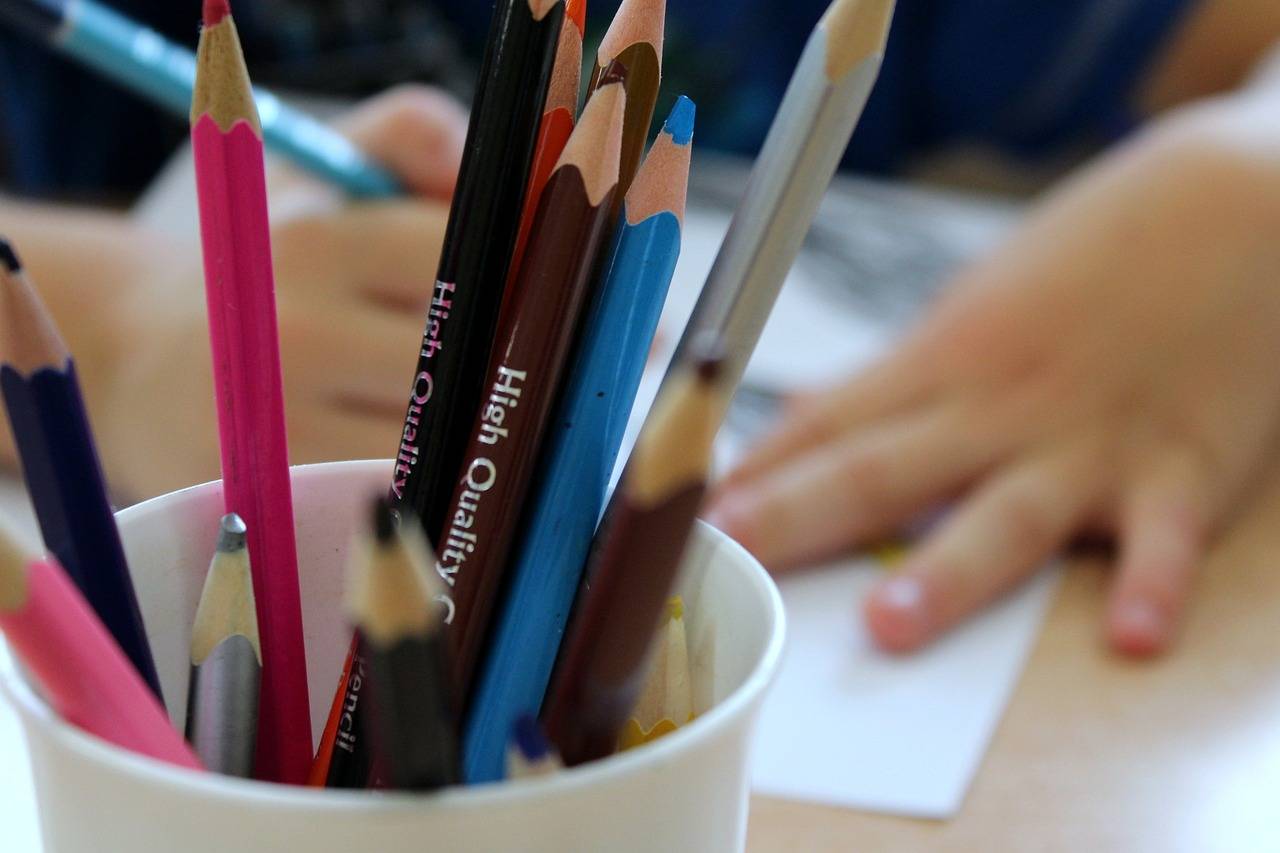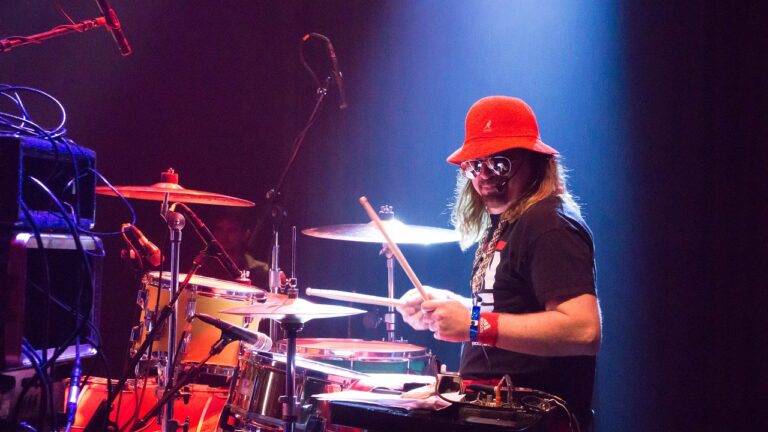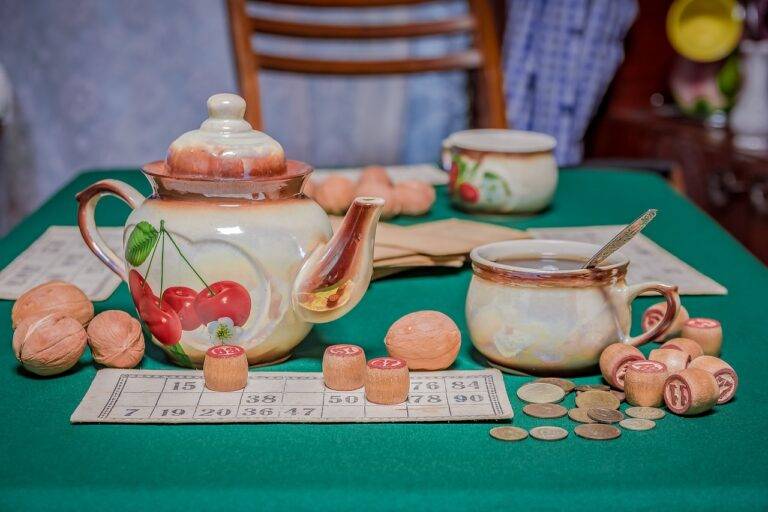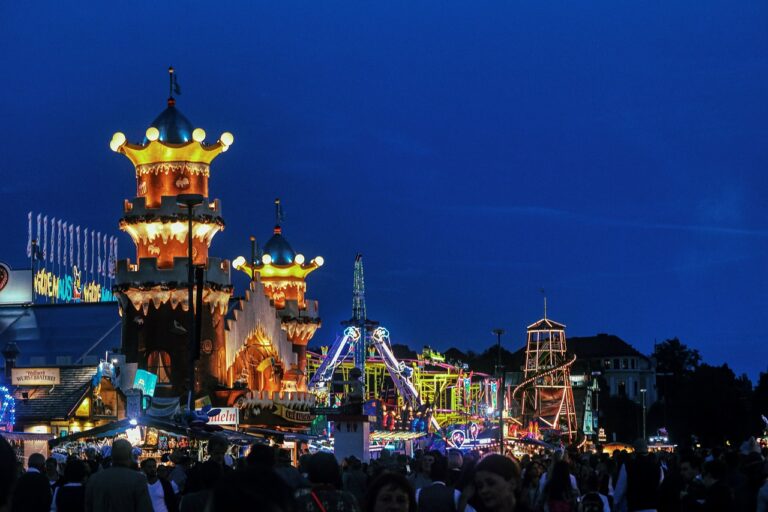The Role of Cinematography in Creating Cinematic TV Shows
Visual storytelling plays a crucial role in engaging audiences and conveying a narrative effectively. Through the use of images, colors, and visual elements, storytellers can evoke emotions, create depth, and capture attention in a way that words alone often cannot. By incorporating visual elements into a story, creators can transcend cultural and language barriers, allowing their message to be understood and appreciated by a diverse audience.
The power of visual storytelling lies in its ability to immerse viewers in a world crafted by the storyteller, enabling them to experience the story on a more visceral level. Whether through intricate illustrations, striking photography, or dynamic cinematography, visuals have the unique ability to enhance the impact of a story and resonate with viewers on a deeper emotional level. By harnessing the power of visual storytelling, creators can create lasting impressions and forge connections with their audience that endure long after the story has ended.
Setting the Mood and Atmosphere
Creating a captivating and immersive setting is essential in bringing a story to life. The mood and atmosphere of a scene can greatly influence the reader’s emotions and overall experience. From the vivid descriptions of a bustling city to the eerie silence of a deserted forest, every detail contributes to setting the tone for the narrative. By carefully crafting the ambiance of a scene, writers can effectively transport readers into the world being depicted.
The use of sensory details plays a crucial role in establishing the mood and atmosphere of a story. Descriptions of sights, sounds, smells, tastes, and textures can all work together to evoke a specific feeling in the reader. For instance, the scent of fresh pine trees and the soft rustling of leaves can instantly transport the reader to a tranquil forest setting. By appealing to the senses, writers can create a rich and immersive experience that enhances the overall impact of their storytelling.
Enhancing Character Development
Creating well-rounded and compelling characters is essential for any successful narrative. By carefully crafting the backgrounds, motivations, and personalities of characters, authors can captivate readers and draw them into the story. Every aspect of a character, from their flaws to their strengths, enriches the plot and adds depth to the overall storytelling experience. Through consistent and authentic character development, writers can evoke empathy, sympathy, and curiosity, allowing readers to truly connect with the characters on a personal level.
One effective way to enhance character development is through dynamic interactions with other characters in the story. By exploring the relationships, conflicts, and connections between characters, authors can reveal new dimensions and complexities within their personalities. These interactions not only create dramatic tension but also provide valuable insights into the characters’ values, beliefs, and emotional states. By weaving these interpersonal dynamics into the narrative, writers can develop well-defined and relatable characters that resonate with readers long after the story has ended.
How can visual storytelling enhance character development in a story?
Visual storytelling can enhance character development by providing visual cues and context for the audience to better understand the characters’ emotions, motivations, and relationships.
Why is setting the mood and atmosphere important for character development?
Setting the mood and atmosphere can help create a more immersive experience for the audience, allowing them to better connect with the characters and their journey.
What are some techniques for enhancing character development in a story?
Some techniques for enhancing character development include giving characters unique traits and flaws, creating meaningful relationships with other characters, and showing their growth and development throughout the story.
How can writers effectively use visual elements to enhance character development?
Writers can effectively use visual elements such as facial expressions, body language, and setting details to convey the inner thoughts and feelings of characters, adding depth and complexity to their development.





